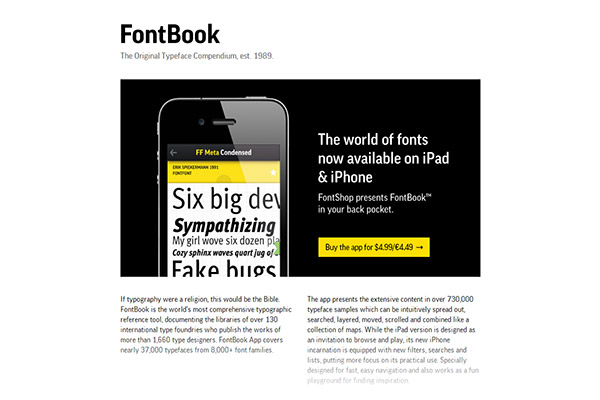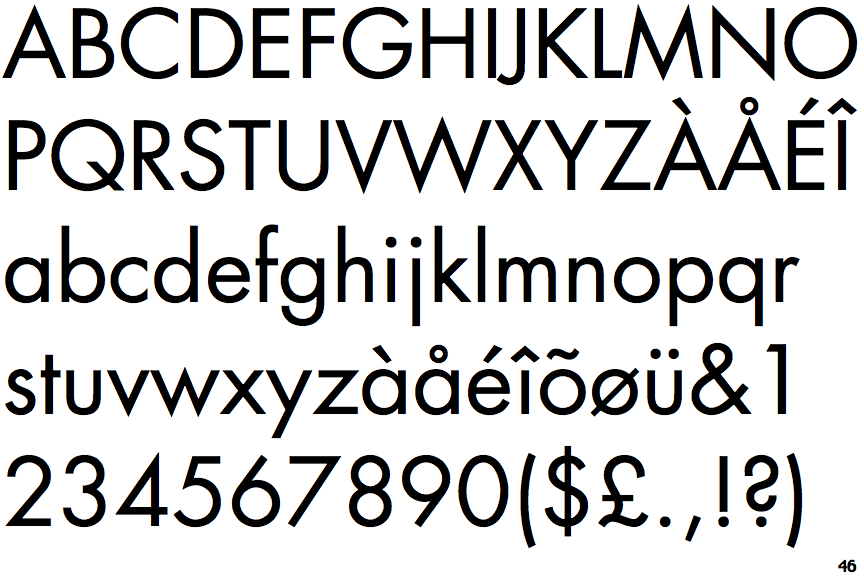

Start off by drawing out a shape for your terminal. Below, you can see how Abril Fatface takes on a ball terminal with a unique twist. Terminals can taper off, called a finial, and take on a beak or rounded shape. In typography, terminals are the curved portions of letterforms that do not end in a serif. Experiment with different techniques and hold down the Option key to duplicate the designs and compare variations.Īnother subtle way to revamp a typeface is to modify the shapes of the terminals. Manipulate the serifs by narrowing them at an angle, or by rounding them off with live corners. To select more than one anchor point at a time, hold down the Shift key and select individual points. Ĭlick with the Direct Selection Tool (A) activated, then adjust anchor points by clicking and dragging across or by utilizing the arrows on your keyboard. You can easily hide the guides with Command +.
Before manipulating the anchor points, set up the ruler with Command + R, then click and drag the guides to frame each character. You’ll notice each letterform contains anchor points that dictate its overall shape. Adjust the tracking and kerning as necessary to create a cohesive appearance.Ĭonvert your text to editable vector paths with Object > Expand.
Fontbook adobe free#
Textures from 50 Free Distressed Textures Pack.Īctivate the Type Tool (T)and use the Characterpanel to browse through various font styles. Typefaces without these strokes are called sans serif, meaning “without serifs.” Sans serifs are widely used on web platforms and online designs for captions, headings, and other smaller text settings. However, not all serifs are created equal some are purely decorative and shouldn’t be used at smaller sizes. Serif styles are commonly used for long strings of text on print materials because of their overall legibility, even at minuscule sizes. Serifs can take the shape of a geometric slab serif, like seen below, or a traditional smooth serif seen in classic fonts. Serifs are the extra strokes added to letterforms to aid the readability of each letter. Read on to discover the simple tools and techniques used to customize fonts in Adobe Illustrator.Ī surefire way to transform the look of a font is to manipulate serifs. By adjusting a typeface’s serifs, terminals, or swashes, you can quickly transform its appearance. Many designers spend endless hours searching for that perfect typeface, and they often customize it further to tailor its appearance to a particular design or logo. Fonts communicate specific messages and can contribute more than you think to the tone of a design.
Fontbook adobe how to#
It sucks because your workspace and preferences get reset to default, but it solved for me the same issue you’re having.Learn how to customize fonts with three simple techniques in Adobe Illustrator.Įvery design or composition should be paired with a successful font selection. Essentially the Remover tool deletes all Adobe files on the computer, that the repair or cleaner tool doesn’t effect. There’s a seperate tool linked above to the “Adobe Remover” tool, which functions different from the repair or cleaner tool.


If you haven’t already, you may want to try these steps first: With this issue, when trying to manage fonts, Adobe CC freezes on “Loading Adobe Fonts.” How to fix Loading Adobe Fonts bug on macOS Montereyĭetailed on the Adobe Support Community forum, user defaultiwv19aq8h7r3 found a solution after trying everything they could think of.
Fontbook adobe pro#
Follow along below for how to fix the Loading Adobe Fonts bug.Īs more people are making the jump to macOS Monterey – by choice or when picking up the new Apple Silicon MacBook Pro notebooks – some Adobe CC users are finding a frustrating fonts bug.
Fontbook adobe mac#
If you’re having trouble with fonts in Adode Creative Cloud after upgrading your Mac to macOS Monterey, you’re not alone.


 0 kommentar(er)
0 kommentar(er)
